It seems that recipes for homemade mayonnaise have slowly begun to sink into oblivion, due to the fact that it is much more convenient for us to buy this product ready-made from the store.
But whatever brand we prefer, even the most vaunted cannot compare to the taste and texture of homemade mayonnaise.
So why don't start making it ourselves at home? Try it and you will see that it is easier and faster than you have imagined.
Mayonnaise is actually an emulsified fat - oil or olive oil. But how does it happen that by combining oil with a liquid (vinegar, lemon juice, water) and an egg, a fluffy substance is obtained, a cream, which we spread on a slice of bread?
The culprit for this miracle is the egg and more precisely the yolk. It is formed by water and phospholipids, which play the role of mediators, a solder between the molecules of the oil and the liquid.
If we try to beat only oil with lemon juice, for example and get an emulsion, it cannot be done even with the best blender in the world.
The reason is that the molecules of the two ingredients are incompatible (one polar, the other apolar). This is where egg yolk comes to the rescue, whose phospholipids have both types of molecules and thus attract and bind them together to form a perfect thick cream, an emulsion.
Here are specific, detailed instructions on how to prepare real homemade mayonnaise yourself:
Products:
Egg -1 pc. (medium-sized)
Salt -1 pinch (4 g)
Vinegar or lemon juice - 2 tsp (10 g)
Oil or olive oil - 4/5 cup (200 ml)
Preparation and instructions:
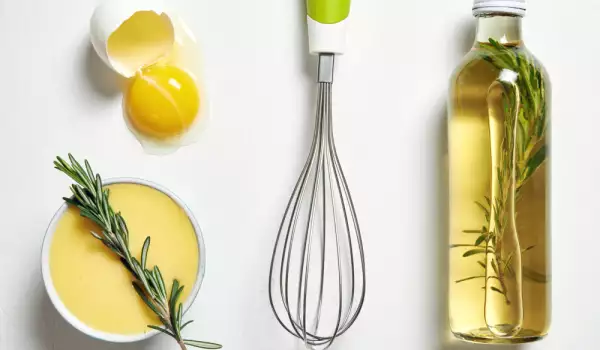
It is best to prepare the mayonnaise in a narrow and tall vessel. Usually, every blender has one, but if yours doesn't, choose a suitable and comfortable one for you.
Beat the egg in a separate bowl and then pour it into the container in which we will make the mayonnaise. Why do we do this? It's definitely not because we want to get more dishes dirty:
The reason is that this way we will be able to see if there is an accidentally dropped shell and we will easily remove it. This is extremely important due to the fact that it is in the eggshell, that the disease bacteria salmonella are found and it is good to be careful when cooking with eggs.
After transferring the egg into the tall and narrow container, pour the vinegar or lemon juice, half the oil or olive oil and add the salt.
Here is the other subtlety and it is that in order for the mayonnaise not to lump up, do not pour the fat all at once.
Position the liquidizer to rest on the bottom of the vessel and turn it on at low speed. Keep the device still until the mixture begins to emulsify and turn white from below. That's when it's time to start pouring the remaining oil or olive oil in a thin stream while very slowly pulling the liquidizer upwards, until you reach the surface and the whole mixture turns white.
If the diameter of your bowl is larger than that of the liquidizer head, you should slide it slightly to the side to emulsify around the edges as well. So in seconds with the right technique you have a wonderful homemade mayonnaise.
If you are not going to consume it all at once, you must store it in the refrigerator in a well-closed container for no longer than 2 days, as it contains raw egg.
How to fix a lumpy mayonnaise?
With this technique, it shouldn't happen to you, but if it does, don't worry, because there is a way to fix it.
Clean and dry the container in which you will be beating. Put one egg yolk and two tablespoons of the lumpy mayonnaise. Position the liquidzier as indicated above and blend, until it turns white, then little by little add the remaining lumpy mayonnaise, by pulling the device upwards, until the mixture is completely emulsified and has thickened.
Use the homemade mayo as a companion to a variety of fish and poultry, roasted or boiled vegetables, numerous salads, sandwiches or sauces.
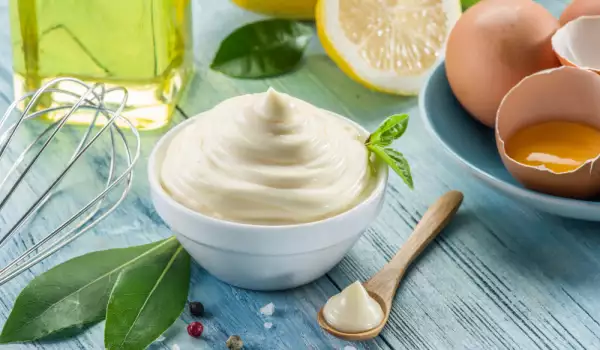


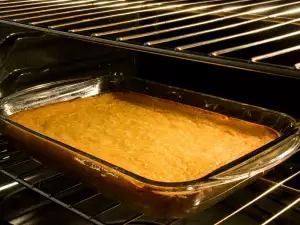
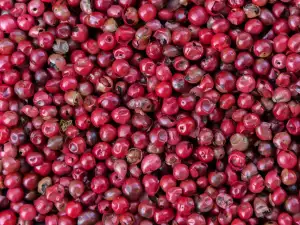
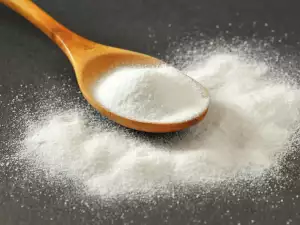




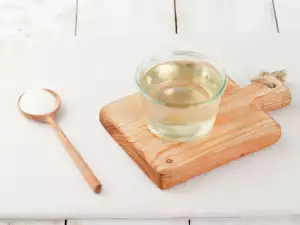




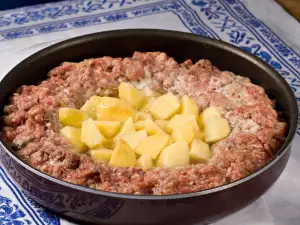




Comments